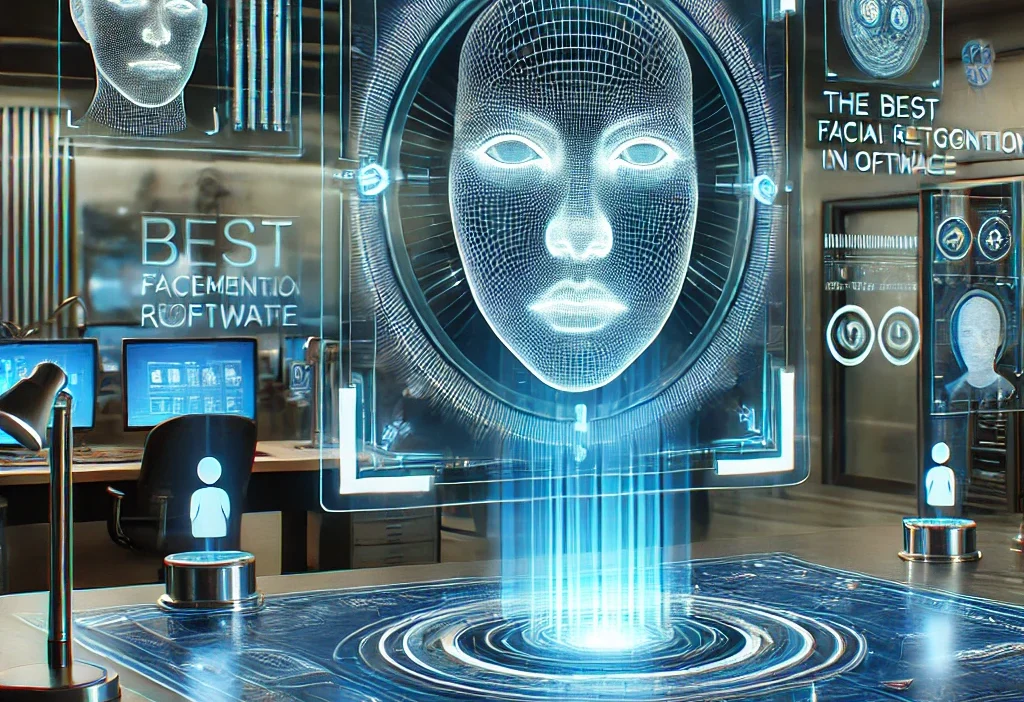The Evolution of Facial Recognition Software
Facial recognition software has transformed how we interact with technology, enhancing security, streamlining operations, and providing innovative solutions across industries. As demand for reliable identification systems increases, selecting the right software is essential to ensure efficiency, privacy, and compliance with regulations.
Key Features to Look For
When evaluating facial recognition software, several critical features distinguish top-tier solutions. Advanced machine learning algorithms, high accuracy rates, real-time processing, and scalability are key factors to consider. Additionally, compliance with privacy regulations, such as GDPR and CCPA, ensures ethical use of the technology. Other important aspects include adaptability to different lighting conditions, anti-spoofing capabilities, and seamless integration with existing security infrastructure.
Top 3 Facial Recognition Software
- FaceFirst: Known for its high-speed matching and superior accuracy, FaceFirst is a top choice for security-conscious businesses and law enforcement agencies. It provides real-time alerts and monitoring, making it a valuable tool for crime prevention and threat detection.
- Cognitec: With a strong emphasis on privacy and data protection, Cognitec offers cutting-edge technology suitable for various industries, including retail, banking, and transportation. Its robust facial analysis tools allow businesses to optimize customer interactions while maintaining security standards.
- Amazon Rekognition: Powered by artificial intelligence and deep learning, Amazon Rekognition delivers powerful facial analysis tools that seamlessly integrate with existing systems. It is widely used in cloud-based applications, making it an excellent choice for businesses that rely on scalable and flexible technology.
Benefits of Implementing Facial Recognition Software
The advantages of incorporating facial recognition technology are significant. Organizations can enhance security, streamline access control, and improve customer experiences. In sectors like banking and retail, facial recognition aids in fraud prevention, while in healthcare, it helps with patient identification and record management. Airports and border security agencies utilize facial recognition for fast and secure identity verification, reducing wait times and improving overall efficiency. Additionally, businesses can use facial recognition to personalize user experiences, offering tailored services based on customer identification.
Choosing the Best Solution for Your Needs
Selecting the ideal facial recognition software requires careful evaluation. Key considerations include accuracy, ease of integration, user-friendliness, and scalability. Businesses should also assess vendor reputation, customer support services, and long-term viability. Conducting pilot programs and requesting demonstrations can provide valuable insights into a software’s performance in real-world scenarios. Moreover, considering future technological advancements and potential updates will help businesses stay ahead of the curve.
Conclusion
Facial recognition software continues to evolve, offering advanced capabilities that shape the future of security and identity verification. By understanding key features, evaluating top solutions, and considering individual business needs, organizations can implement a solution that enhances efficiency and security while maintaining compliance with data protection standards. As artificial intelligence and deep learning progress, the applications of facial recognition will expand further, revolutionizing industries and redefining digital interactions. With the right approach, businesses can leverage this powerful technology to enhance security, streamline operations, and create a seamless user experience.



